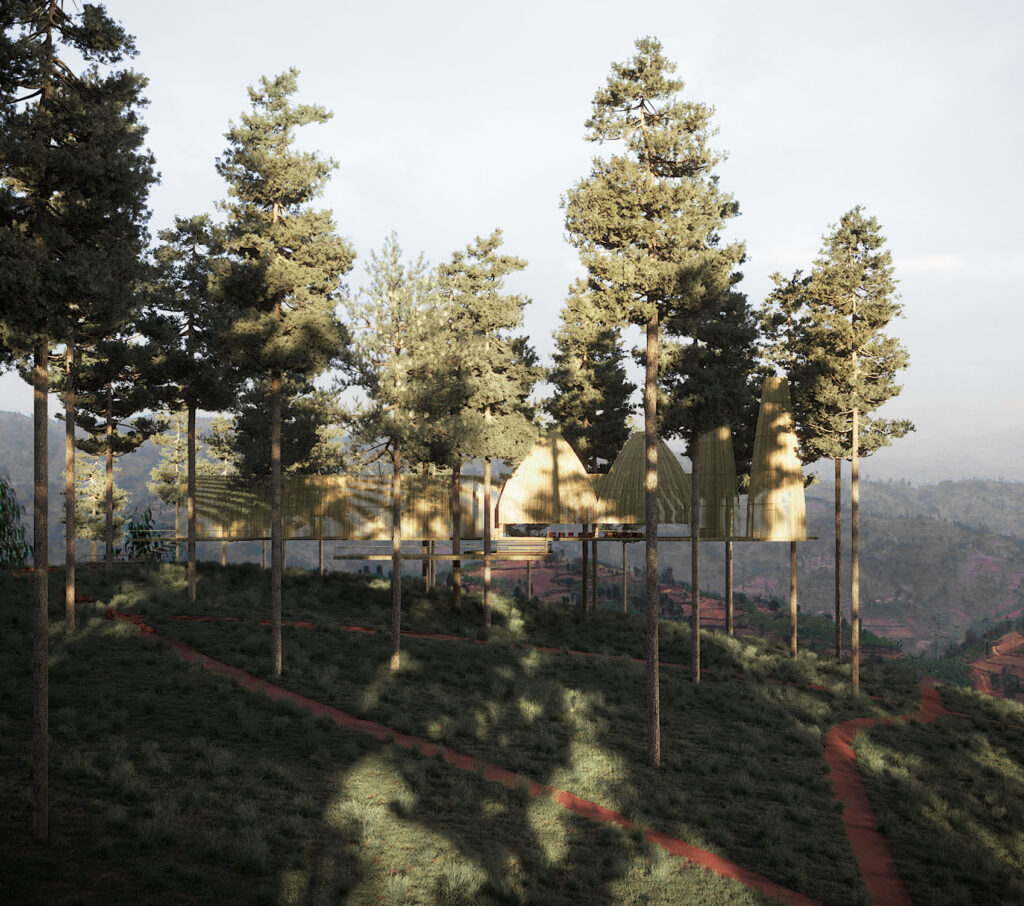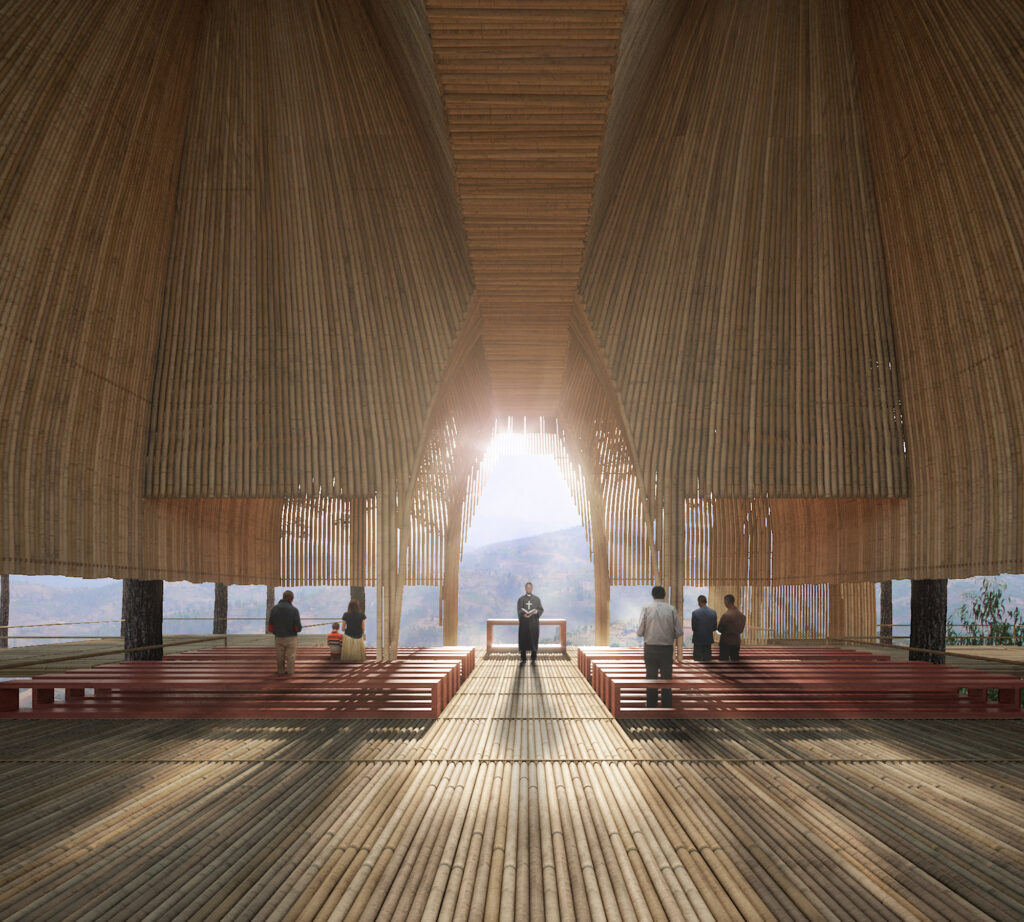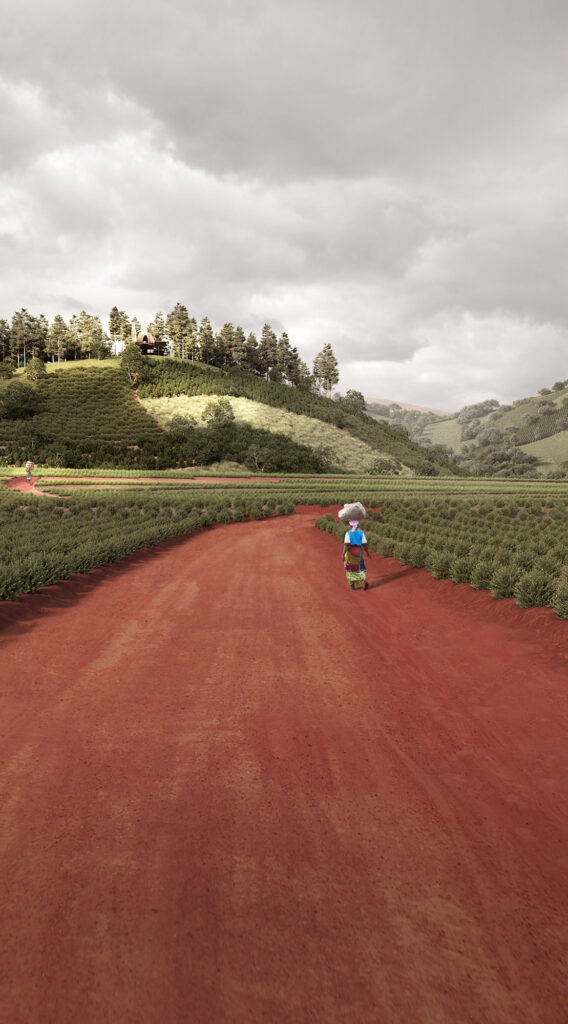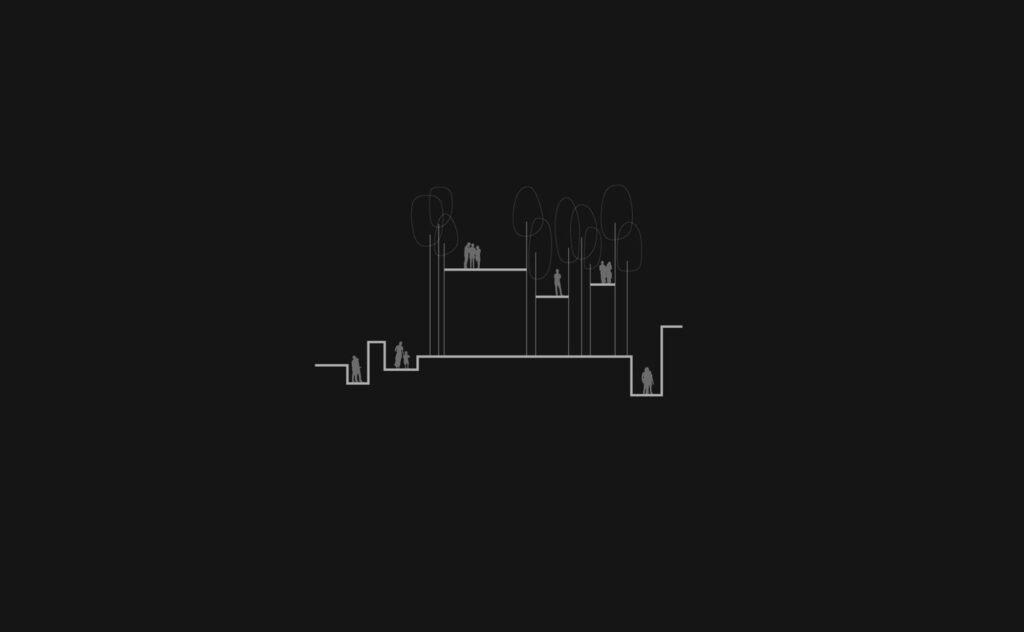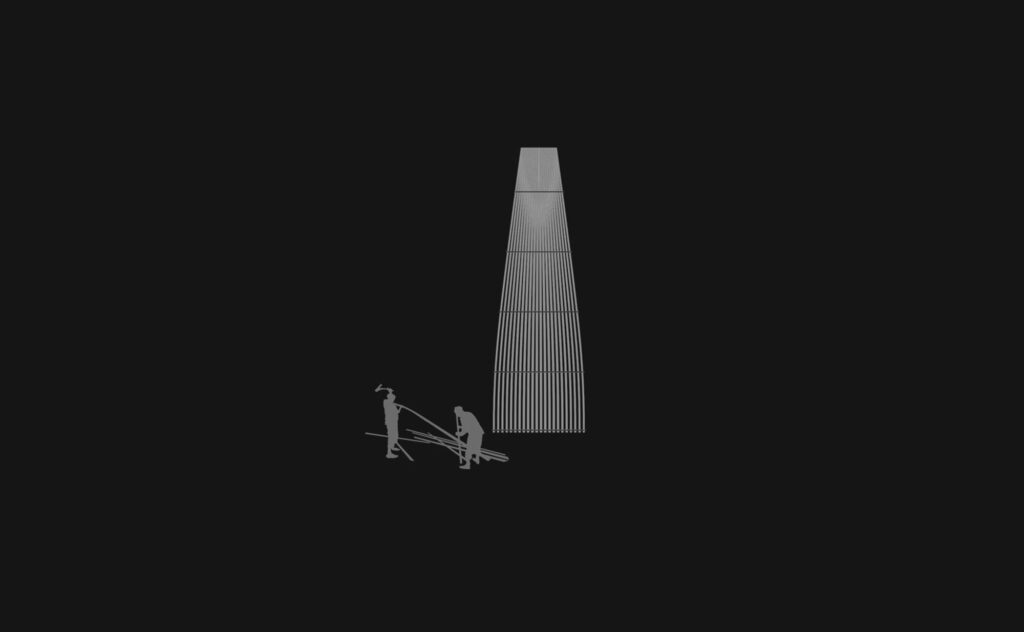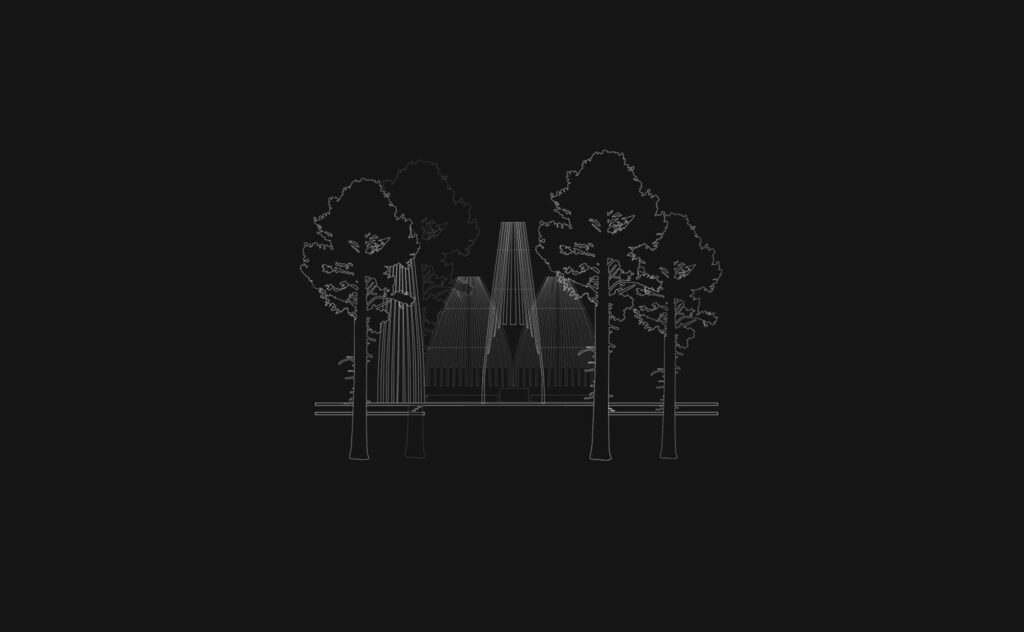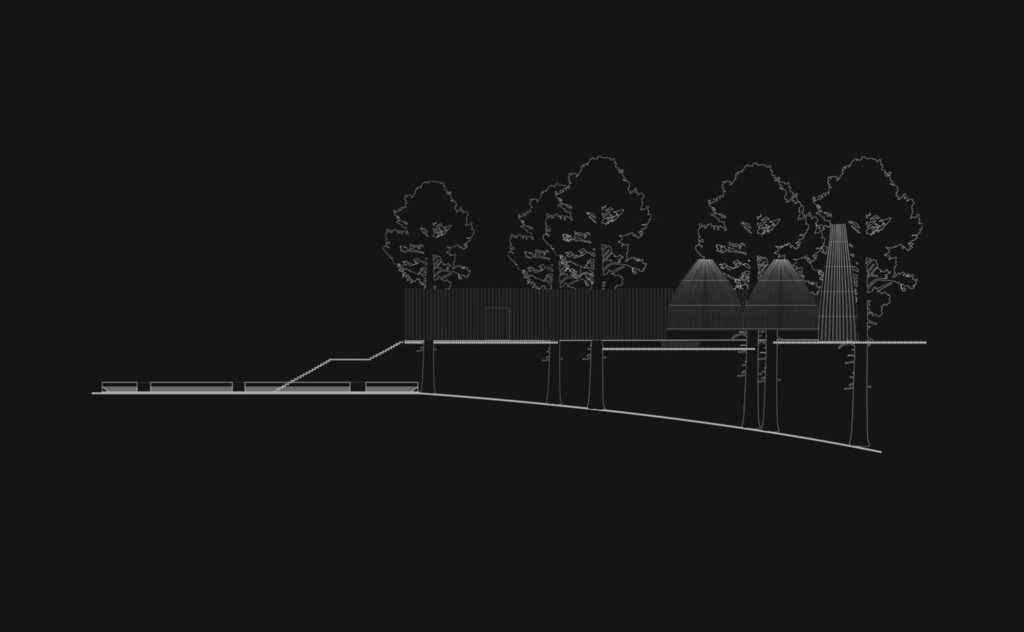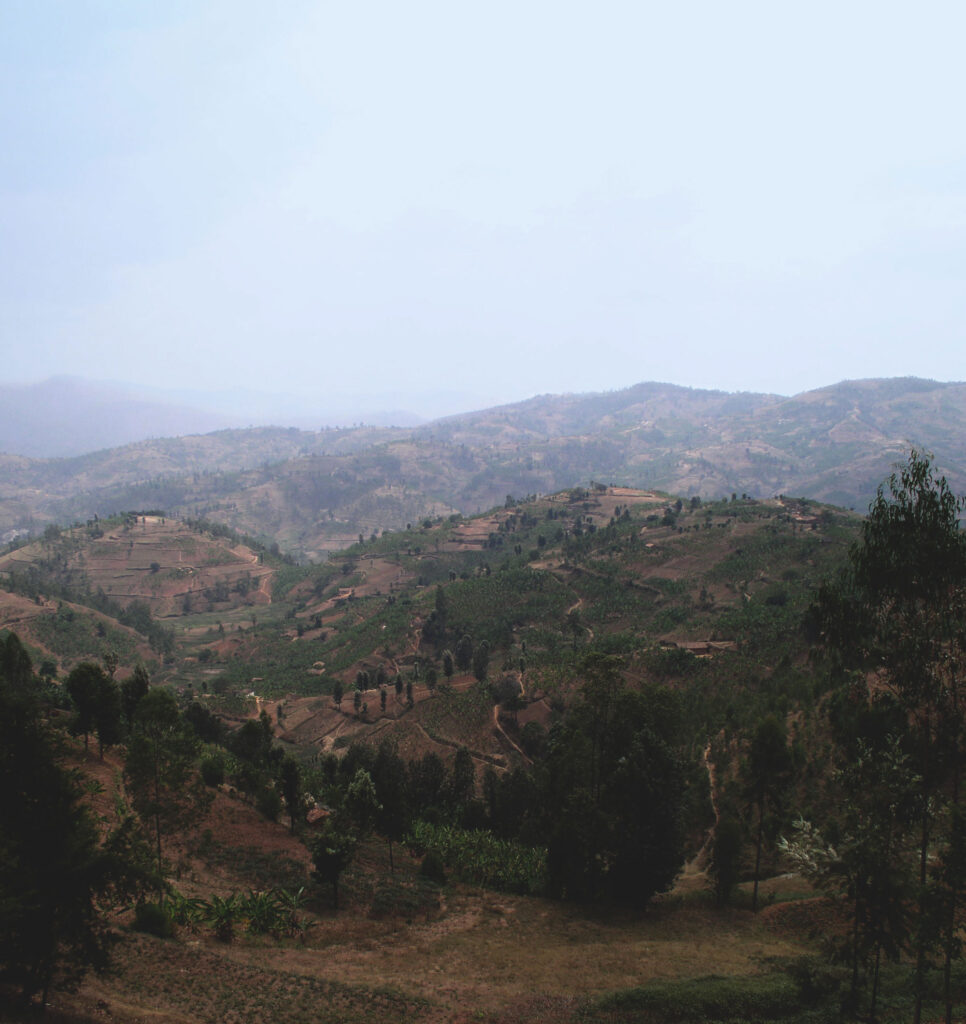
name: Rwanda Chapel. year: 2019. client:YAC
Rwanda or the land of a thousand hills is the most populous country on the African continent and its subcontinent is one of the most fertile places. Due to the years of the dictatorial kingdom and long-term colonialism, the contemporary history of this land reminds us more than anything of genocide. Genocide that killed about one million people in 1994 in just one hundred days. The violence, sexual assault, and massacre were such that it shocked the whole world, but despite the extent of this genocide, no country intervened to stop this massacre – by justifying the fact that it is a civil war between the Hutu and Tutsi tribes.
After nearly thirty years of this genocide and despite its deep effects, the people of Rwanda decided to national reconciliation, and various programs under the theme of reconciliation and national peace have spread and it is hoped that instead of revenge, the ideology of the genocide will be called back. be placed so that no country will witness such an event in the future.

unnameable
The main concept of this project is the expression of “absence” and the paradoxical expression of absence and “total presence”. The absence of organizations and the first world when they should not have left Rwanda, the absence of the media, and finally the absence of awareness which is a product of colonialism. Then he talks about the presence, that is, that speaking silence which is everything and nothing. The one that cannot be named. The idea of the project recounts a gray area that is linked to the contemporary history of Rwanda and can never be judged. There can be no distinction between humans and non-humans, and on the contrary, this church tries to unite two peoples, remove the walls, and be a link between the inside and the outside; A peaceful union that is only possible by the Rwandan society and architecture is only a platform to achieve this goal.
• The Unnameable: Adapted from Samuel Beckett’s 1953 novel The Unnameable
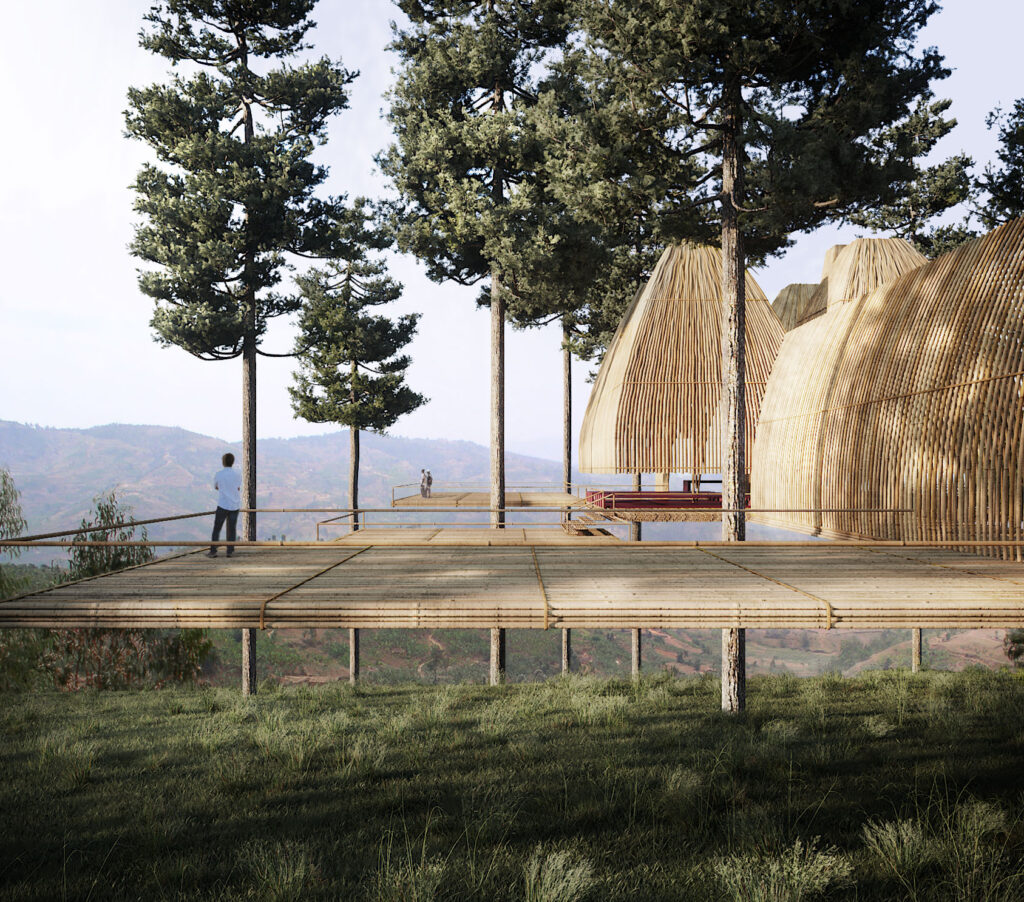
A place where this time instead of being told about the wounds to the priest, nature will be told and the trees will leave it to nature’s memory. In this way, a reconciling church will be formed in the middle of nature for people who consider forgiveness equal to mercy and hope for the future of Rwanda under the shelter of knowledge.
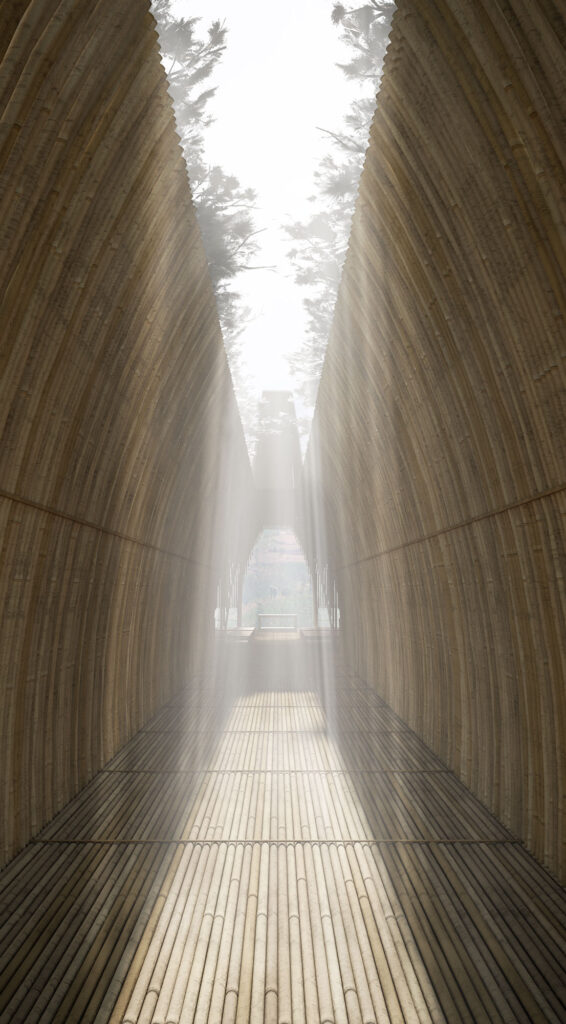
Air. Air. There is something that comes out of that old oak tree with pressure. Something gray and transparent that was enchanting and seemed impenetrable. A weak light helped me to see it. There is nothing to improve. There is nothing even to imagine. There is no dark night. (I heard it myself). However, there is no light that penetrates to its end. No night light. Darkness and ambiguity. None of them are brilliant. There is no pollution.
• Unnameable. Samuel Beckett
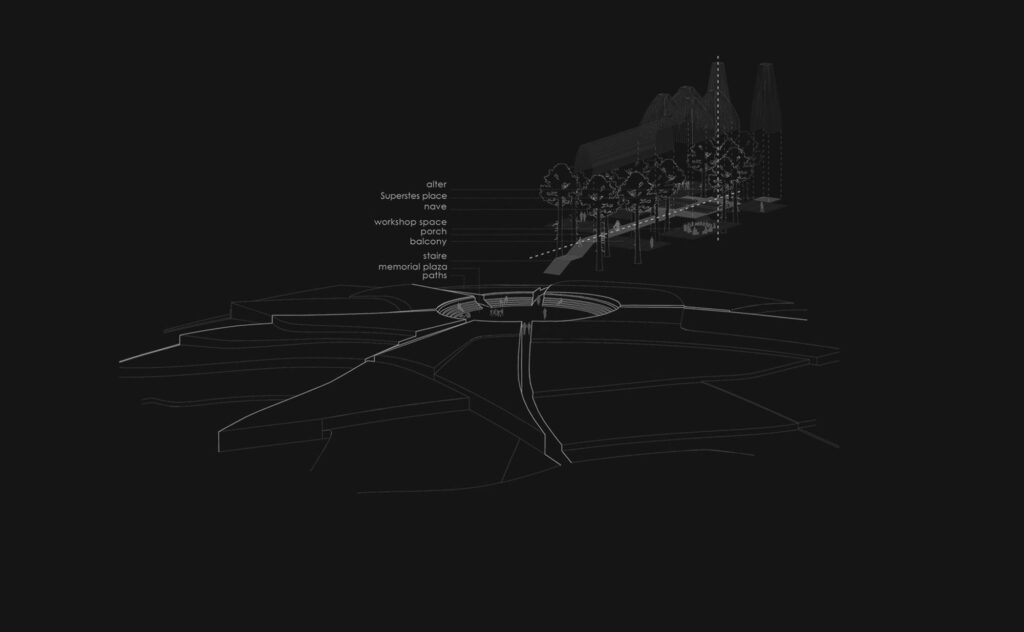
The design of the memorial space of this project has been done by going inside this soil, following the path of the plots, and designing the paths that are neither outside nor inside. These paths, which cannot be seen at first glance, while being a memorial to the genocide, are places to create and continue the connection of the Rwandan society. A path that, in continuation of the efforts of Rwandan peace-seeking organizations, creates a place to walk and tell personal stories and what is left between the aggressor and the victim. Finally, he reached a large empty plaza that evokes absence and at the same time is a platform for the formation of dialogue and more peaceful communication between the past generations and the young generation of Rwanda.

